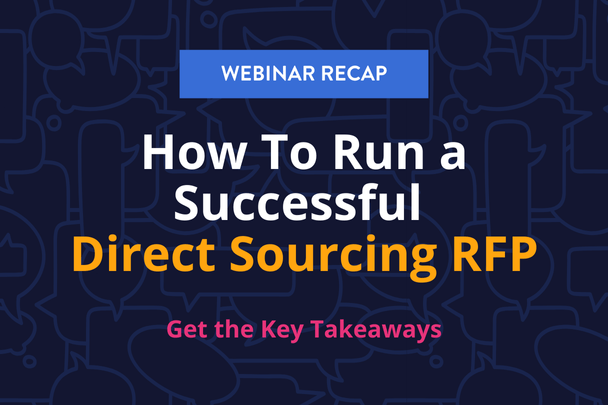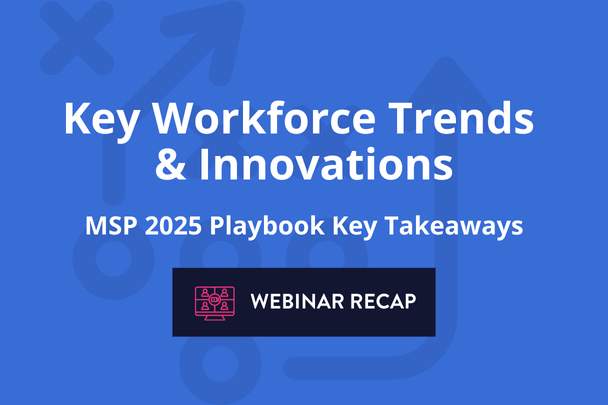Under the best of circumstances, emails and text lend themselves to being misinterpreted. We’re predisposed to be on the lookout for threats. It’s part of what allowed our ancestors to survive. It’s evolutionary. Communication in the workplace is essential to our productivity. So, while more of us are working from home and relying more than ever on digital forms of communication, it would be wise to pay close attention to how we say what we are saying.
The SCARF model was created by David Rock and is supported by the research of several psychologists. Based on the simple truth that we all move toward rewards and away from threats, this model represents the five social domains that are known to cause a threat response in people. It’s important to note that these responses are biological, knee-jerk reactions. We don’t control them. Our bodies react to all threats the same way. As humans have evolved, so have the things that cause us to feel threatened.
It’s Evolutionary
Thankfully, we no longer have to worry about outrunning wild animals. But threats still exist, and they come in various forms. At work, it could come in the form of not being invited to a specific meeting or getting an upsetting email from your boss. Your brain has an evolutionary response to a threat that’s designed to keep you safe. While the cause of the threat may have changed over the years, your threat response has not. Your neurology can’t differentiate between the wild animal or the email, it just knows there is a threat. So, it instinctively kicks into gear. Your rational brain may step-in after awhile, but not before your threat response has sounded all the alarm bells first.
Take a moment to reflect on a time you received an email that upset you. Did you have a hard time shaking it off? Was it hard to just get over it? Did you consider that it wasn’t the person’s intention to make you so upset, but you still found yourself worked up about it? You may have even thought, “what’s wrong with me?” The good news is, nothing! There’s nothing wrong with you or anyone else. This is normal. However, if we all had an understanding of the SCARF model, we could better communicate in the workplace to prevent those on the receiving end from being threatened in the first place.
S: Status
Status refers to our relative importance to others. It’s about our self-worth and feeling respected by others. It is the most sensitive domain for most people. Imagine your boss tells you you’re being taken off a big high-priority project to manage a much smaller one. Your boss may be efficient in his/her communication of the news and not even think that you may have feelings about this. The perception may even be that you’d welcome this move. However, you read the email and you’re in full on threat response mode. You feel threatened, as your sense of self and your abilities seem to have been put into question.
C: Certainty
Certainty refers to our ability to predict the future. No, not in a crystal ball kind of way. This is more about stability and expectations. Under normal circumstances, when you’re working, you can expect that every two weeks you’ll be paid by your employer. At the moment, the current state of the world has us all uncertain about what lies ahead. Our minds are working overtime trying to make sense of what is still largely unknown. The above example could also threaten your certainty. You may start thinking about the security of your job and if you’re at risk of being replaced by someone else.
A: Autonomy
Autonomy refers to having a sense of control over events. Being micromanaged is the most flagrant way to threaten this domain. However, bosses aren’t the only one’s to blame. Sometimes, colleagues can trigger a threat response by overly following-up or sending too many reminders. The result is a lot of friction and a less productive team. The more autonomy you can offer someone the better. Remember, building relationships requires trust and offering someone autonomy is a great way to show someone you trust them.
R: Relatedness
Relatedness refers to a sense of safety with others. In the workplace, that sense of safety can translate to a sense of being accepted as part of the team. This is critical at work. It can often be difficult to know who you can really trust. Without the feeling of relatedness with your colleagues, collaborations are not likely to be productive. This is why team activities are so important. It can be easy to exclude someone you don’t like. You may even write your emails to a person you feel has threatened your relatedness domain with an underlying tone of disdain. You can probably imagine the vicious cycle that threats to this domain can create.
F: Fairness
Fairness relates to the perception of fair exchanges. It has to do with what we believe to be just. While you may think this kind of morality is a modern day creation, it’s actually a primal instinct. Look at what happens when monkeys are rewarded differently for performing the same task. One is rewarded with a piece of cucumber while the other is rewarded with a grape. It’s startling to see how quickly the monkey given the cucumber realizes the inequity of the situation and begins to protest. Sadly, inequities are inevitable. Fairness is something you should always evaluate when sharing a communication in the workplace.
Before hitting send on your next text, email or IM, look at it through the filter of SCARF.
Your intention may not be to threaten anyone. But, that doesn’t mean you shouldn’t consider how it will impact the recipient. We often try putting ourselves in someone else’s shoes. But, the truth is we all perceive information differently. It doesn’t take a lot of time , you can re-examine your communications through the SCARF filter. But it can save you months of unease, friction and, if you’re a boss it can save you the troubling issue of turnover.
While some people have the emotional intelligence to instinctively identify these domains, others need a framework to follow. Understanding goes a long way in making things just a bit better for everyone.











